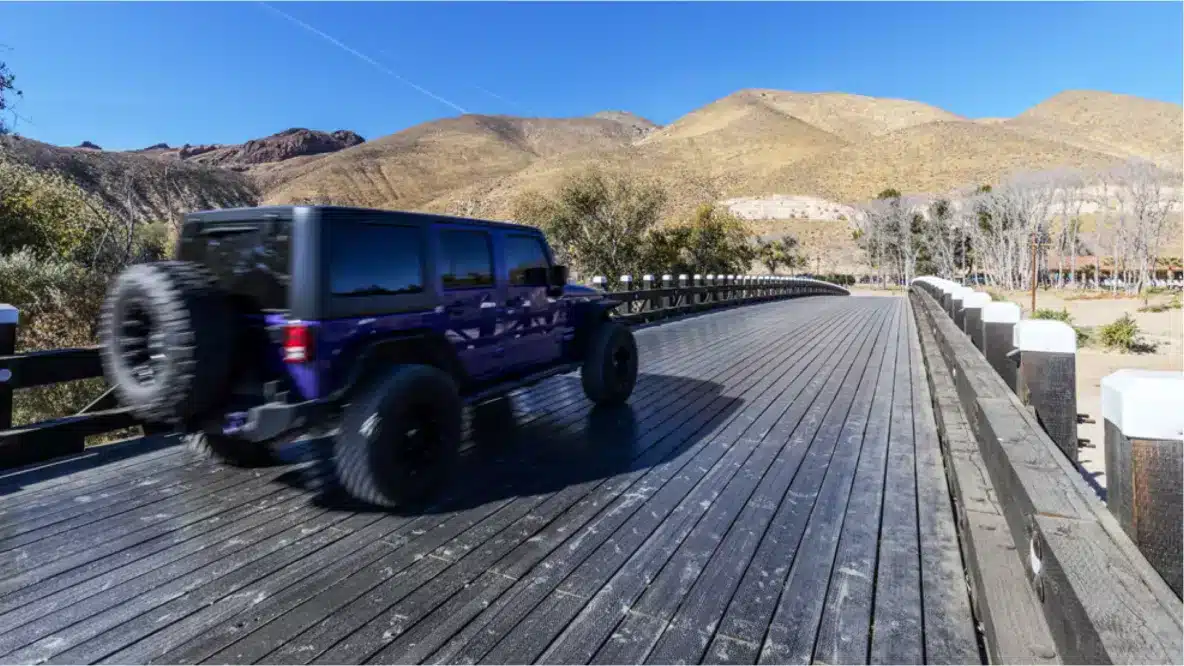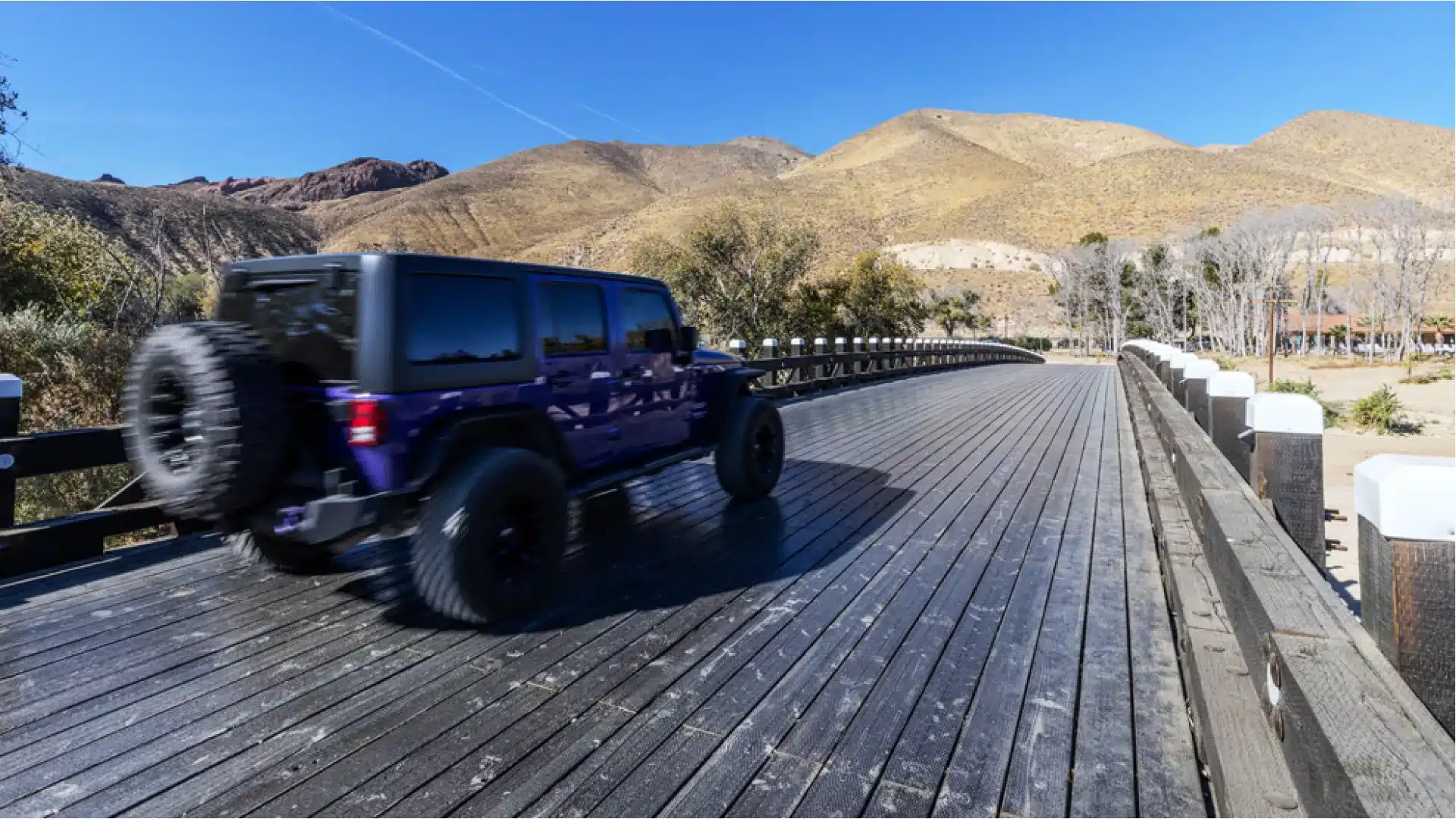
Your Guide To The Different Types of Wood Bridges
Wooden bridges have played a critical role in the history of infrastructure, connecting communities and allowing trade and transportation to flourish. From simple log crossings to complex truss designs, wood has long been a versatile material due to its abundance, workability, and sustainability. Today, wood bridges are celebrated not only for their utility but also for their aesthetic appeal and environmental benefits. With advances in wood treatments and hybrid designs, the types of wood bridges continue to evolve, serving both functional and artistic roles in modern landscapes.
History of Wooden Bridges
Wooden bridges have been used for millennia, dating back to ancient civilizations such as the Persians, Romans, and Greeks. These early bridges were functional structures made of wood and stone, connecting communities and facilitating commerce. Over time, bridge-building techniques evolved, leading to more sophisticated designs like trussed arches and covered bridges. In medieval Europe, especially in Switzerland, wooden bridges were common, with many covered bridges still standing today due to their protective roofs.
In the 19th century, wooden truss bridges became particularly popular in North America during the construction of railways. These bridges were crucial for infrastructure, allowing for large, load-bearing structures made from timber. While wood was eventually replaced by steel and concrete, countries like Switzerland and Finland continued to develop wooden bridges. In the late 20th century, renewed interest in wood for bridge construction emerged, particularly with the development of glulam (glued laminated timber) beams, which allowed for longer spans and greater durability.
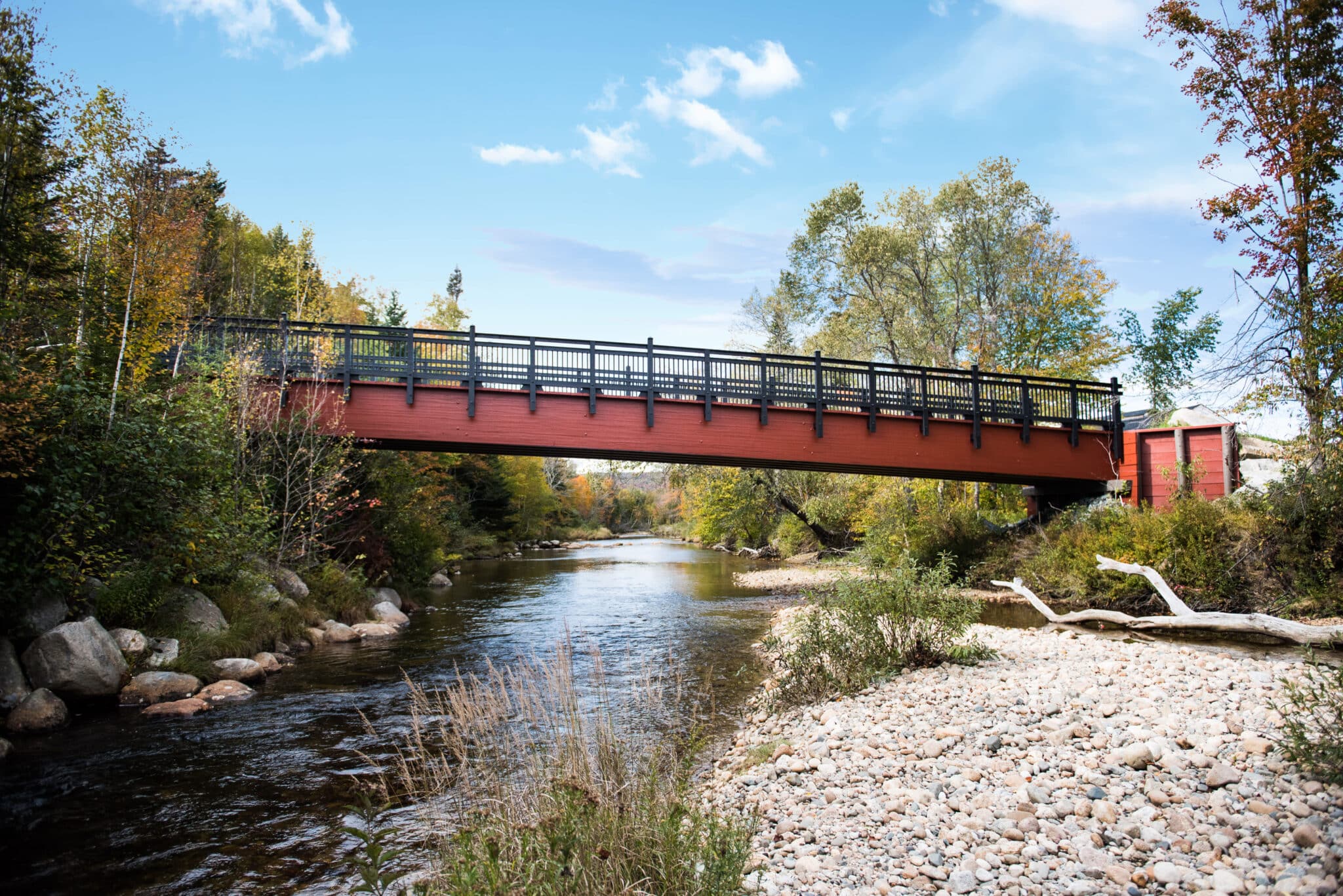
Wooden Bridge Design & Construction
Glulam Beams and Longer Spans
With the advent of glulam in the 20th century, wooden bridge construction expanded to longer spans, enabling the creation of beam bridges capable of supporting heavy loads. Glulam allows large beams to be fabricated by gluing layers of wood together, creating a strong, flexible structure. Cross-braced slab bridges, developed in Canada, became common for road traffic, with timber decks capable of being paved with asphalt.
York Bridge Concepts' On-Site Fabrication
One of the significant advancements in wooden bridge construction with York Bridge Concepts is the ability to fabricate sections on-site using our Deck-Level Construction Methods. This process reduces labor costs and installation time, particularly for bridges requiring minimal disruption to environmentally sensitive areas.
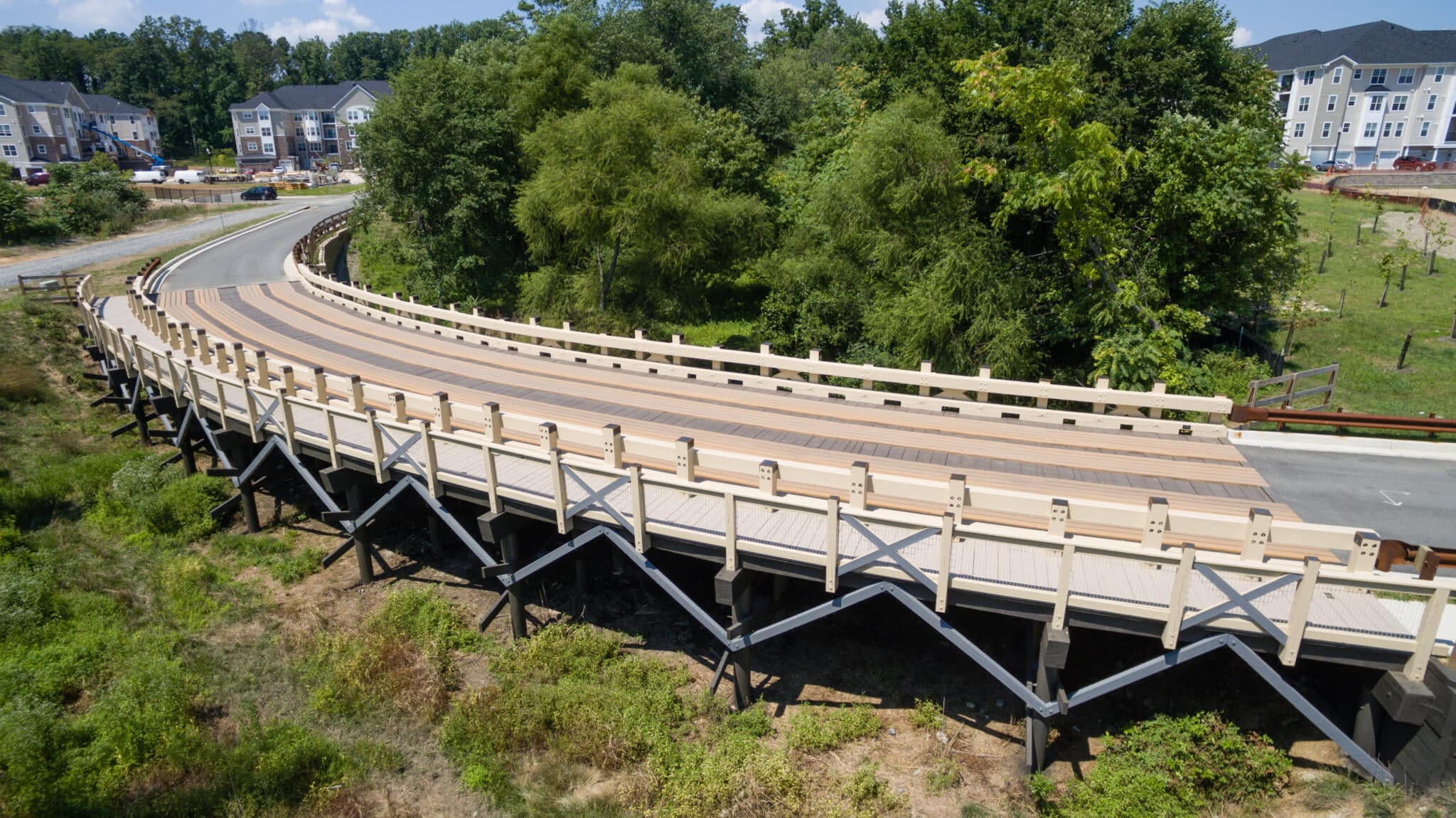
Modern Applications of Wooden Bridges
Pedestrian Bridges & Boardwalks
Lightweight and easy to install, wooden pedestrian bridges and boardwalks have become a popular choice in parks, urban environments, and nature reserves. Their slimline design, compared to bulkier concrete alternatives, allows for aesthetically pleasing and environmentally integrated structures. These bridges can be designed to handle light loads while providing minimal visual impact on natural surroundings. York Bridge Concepts' wooden bridges are often used in pedestrian networks, with designs tailored to withstand dynamic loads and weather conditions.
Road Bridges
Contrary to the misconception that wood cannot support heavy vehicular traffic, modern wooden bridges are fully capable of carrying road traffic. York Bridge Concepts commonly build HS20-44 & HL93 vehicular bridges. Additionally, we can build special loading capacity bridges for extremely heavy equipment that exceed 90,000 lbs. Advances in engineering and material treatments ensure these bridges meet modern safety and durability standards, offering a competitive alternative to traditional concrete or steel bridges.
Longevity & Maintenance
While wood is susceptible to weathering, modern treatments and design considerations have significantly increased the lifespan of wooden bridges. YBC bridge carry a design life-span of 75+ years. Many covered wooden bridges have stood for centuries, thanks to the protection provided by their roofs. For open bridges, new surface treatments and protective cladding ensure that the wood is shielded from rain, wind, and UV damage. Regular maintenance, including reapplication of protective coatings and inspection of joints, ensures that these structures remain safe and durable for decades.
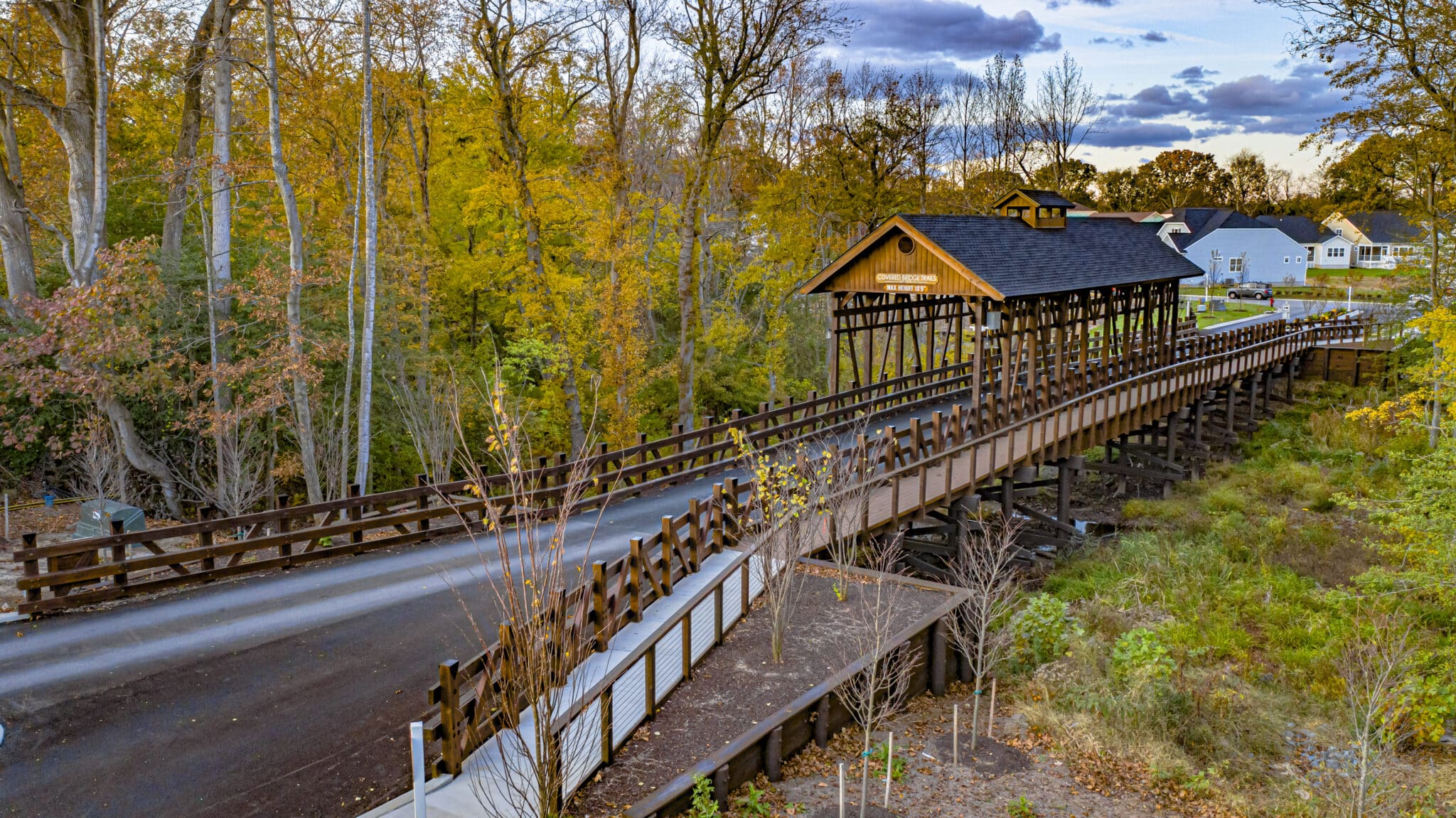
Covered Wooden Bridges
Historical Significance and Aesthetic Appeal
Covered Wooden Bridges have a long and storied history, particularly in the United States, where they became prominent in the 19th century. These structures were essential for both pedestrian and vehicular traffic, especially in rural areas. They are most commonly associated with New England, where their weather-resistant design helped preserve the timber from the elements. Famous examples include the Cornish-Windsor Covered Bridge, one of the longest in the U.S., which connects New Hampshire and Vermont. These bridges not only served practical needs but also became cultural symbols in America’s early days.
Design and Structure
Covered bridges are known for their distinctive enclosed design, which protects the wooden structural elements from weather damage. Inside, various truss types provide stability and support. The Burr arch truss combines the arch's strength with the rigidity of the truss framework, making it one of the most common designs. Other popular trusses include the Town lattice, which uses a crisscross pattern of timbers, and the Howe truss, which uses diagonal and vertical members. These designs not only lend strength to the bridge but also add to its unique aesthetic charm.
Modern Applications
Though covered wooden bridges are often seen as relics of the past, they still hold a place in modern infrastructure. Many are preserved for their historical significance, while others are newly constructed in parks, recreational areas, and heritage sites. Modern covered bridges use advanced materials and construction techniques but retain the nostalgic design. For example, some areas have built new covered bridges to enhance tourism, offering visitors a glimpse into the past while providing functional crossings over rivers and streams.

Vehicular Wood Bridge Types
Purpose & Utility
Timber vehicular bridges serve a critical role in rural and remote areas where steel or concrete might be impractical due to cost or environmental concerns. These bridges are ideal for small towns, farms, or areas with limited access to heavier construction materials. The relative ease of constructing wooden bridges makes them an attractive option for spanning streams and rivers in, providing a cost-effective solution for areas with lower to medium traffic volumes.
Design Considerations
Designing a vehicular wood bridge involves careful consideration of the loads it must support. Strong, durable timber species such as Douglas fir or Southern yellow pine are commonly used for these bridges. Truss systems like the Howe and Warren trusses are popular choices for their load-bearing capacity. Modern vehicular wood bridges also incorporate weather-resistant treatments, as seen in our Legacy Trim Levels to extend their longevity and reduce maintenance costs.
Notable Examples
A prominent example of a vehicular wood bridge is the Barefoot Landing Timber Vehicular Bridge in North Myrtle Beach, South Carolina. This bridge serves both pedestrians and vehicles, using a timber design to blend seamlessly into the natural beauty of the area. The structure exemplifies how wood bridges can offer both functional benefits and aesthetic value, particularly in areas seeking to maintain a natural or rustic appearance.
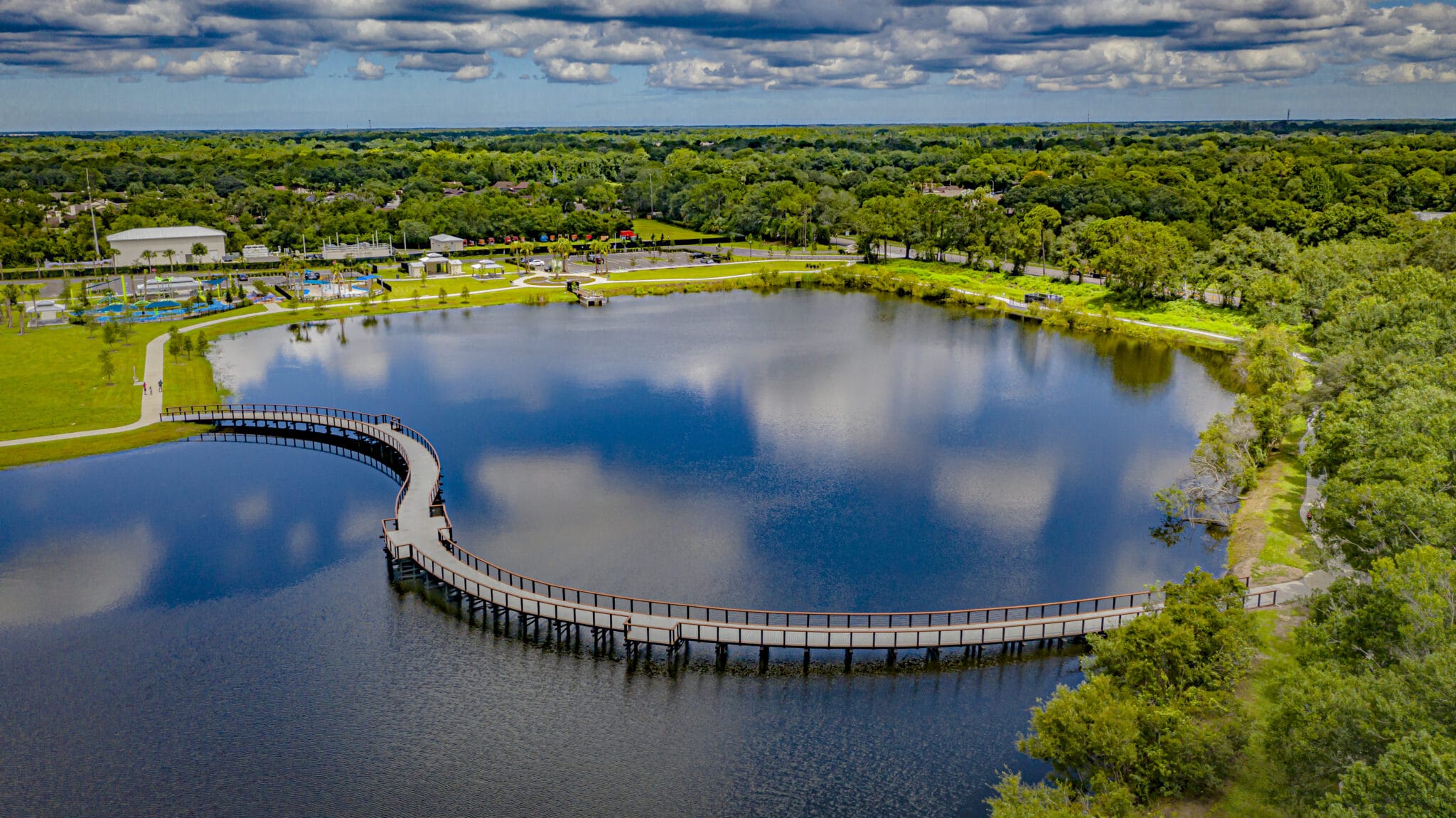
Pedestrian Wood Bridge Types
Importance in Urban and Recreational Settings
Pedestrian wood bridges are commonly found in parks, urban green spaces, and nature reserves, where they serve as functional walkways while enhancing the natural landscape. These bridges provide an environmentally friendly solution for creating pathways over water features, valleys, or rough terrain, while maintaining harmony with the surrounding environment.
Design Flexibility
Pedestrian wood bridges come in various designs, from simple beam bridges to more intricate suspension or arch designs. The choice of design depends on the span of the bridge and its intended use. Beam bridges are common for short spans, while suspension bridges can handle longer spans and offer a visually striking architectural element. Timber species such as redwood, cedar, or treated pine are frequently used for these bridges due to their resistance to decay and weather.
Examples In Practice
One standout example is The Carrollwood Village Park in Tampa, Florida pedestrian bridge in Tampa, Florida. This bridge, made from timber, provides a serene passage over a pond, offering both aesthetic and functional value to park-goers. It exemplifies how wood bridges can be designed to fit seamlessly into recreational settings, blending natural beauty with structural integrity.
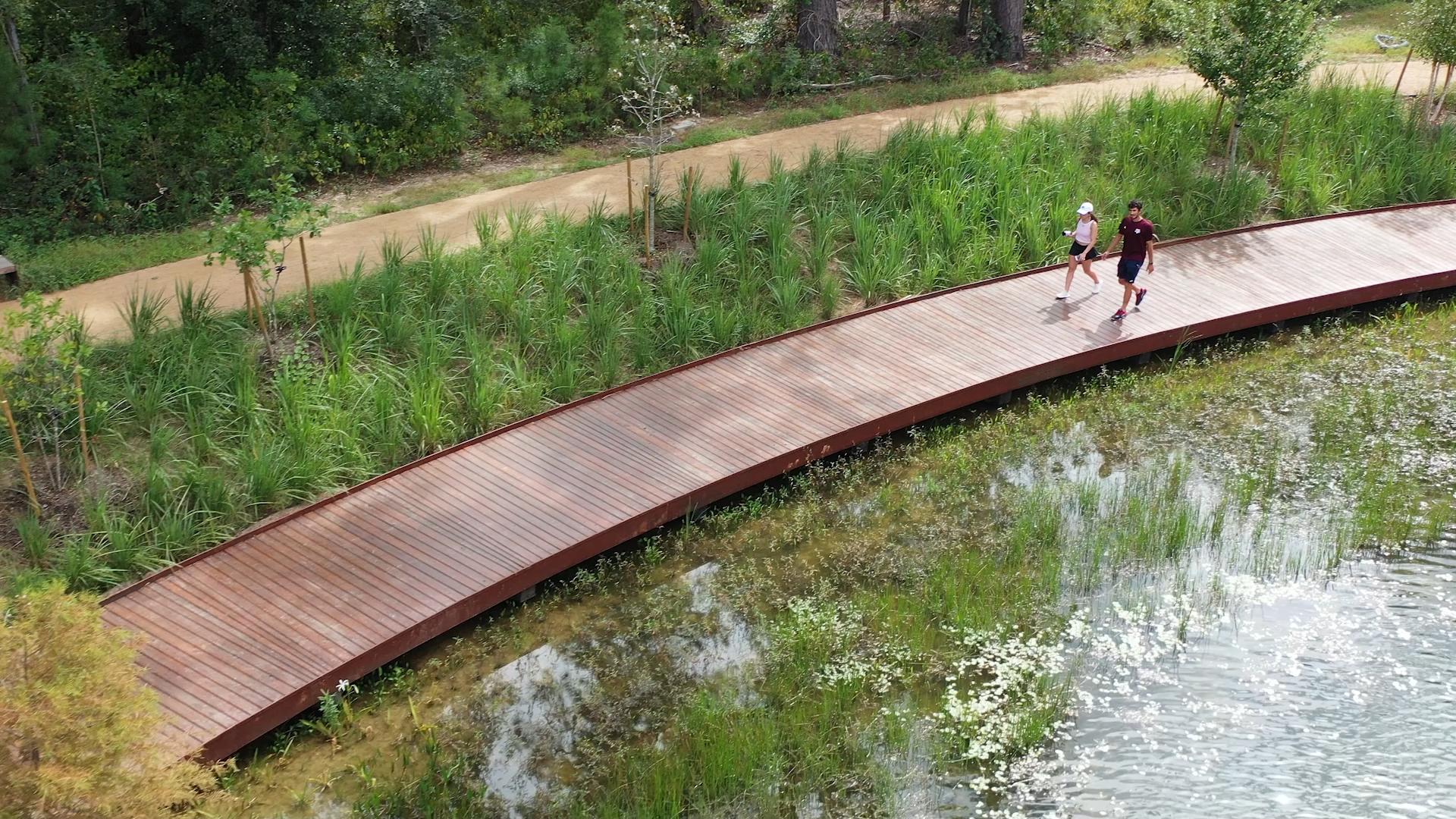
Wood Footbridges
Role in Trails and Nature Reserves
Wood footbridges are often used in nature reserves and hiking trails, where minimal disruption to the natural environment is a priority. These bridges are typically small and simple, spanning streams or ravines to provide hikers with safe and easy passage. They are especially popular in regions that prioritize eco-friendly construction and seek to preserve the surrounding landscape.
Design & Material Considerations
Durable woods like teak, cypress, and treated pine are commonly used for footbridges. These materials are selected for their ability to withstand harsh outdoor conditions with minimal maintenance. Designs range from basic plank bridges to more sophisticated truss or beam constructions, depending on the length of the span and the terrain.
Environmental Considerations
Wood footbridges offer an eco-friendly alternative to metal or concrete bridges, requiring fewer resources and producing less environmental impact during construction. Additionally, because wood is a renewable resource, these bridges are often more sustainable, particularly when sourced from responsibly managed forests.
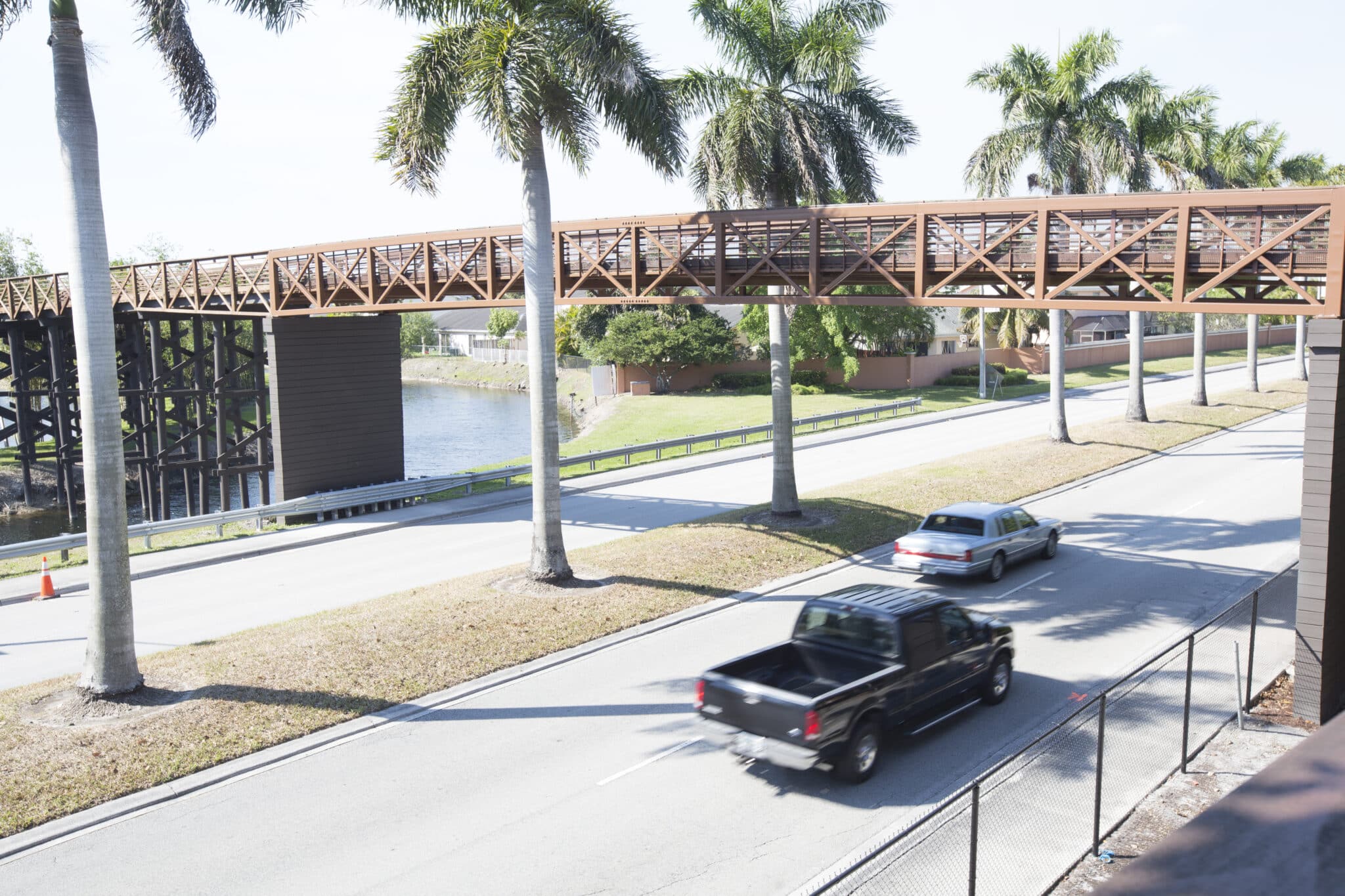
Hybrid Wood Bridges
Combining Materials for Enhanced Performance
Hybrid wood bridges Hybrid wood bridges use a combination of timber and other materials, such as steel or concrete, to enhance durability and load-bearing capacity. This approach is especially useful for bridges that need to support heavy vehicular traffic or endure harsher environmental conditions. Hybrid bridges take advantage of wood’s aesthetic appeal while utilizing stronger materials for structural integrity.
Design Innovations
A common hybrid design involves timber decks supported by steel or concrete girders, which allows for longer spans and heavier loads. This method combines the natural beauty of wood with the strength and durability of modern materials. Hybrid wood bridges are increasingly popular in urban environments and highway systems, where aesthetics and functionality must go hand in hand.
Applications and Benefits
Hybrid timber bridges are increasingly popular in urban settings, where the natural look of wood is desired but the demands of heavy traffic require the additional strength of steel or concrete. These bridges offer a sustainable yet robust solution, ideal for areas where both aesthetics and performance are critical.
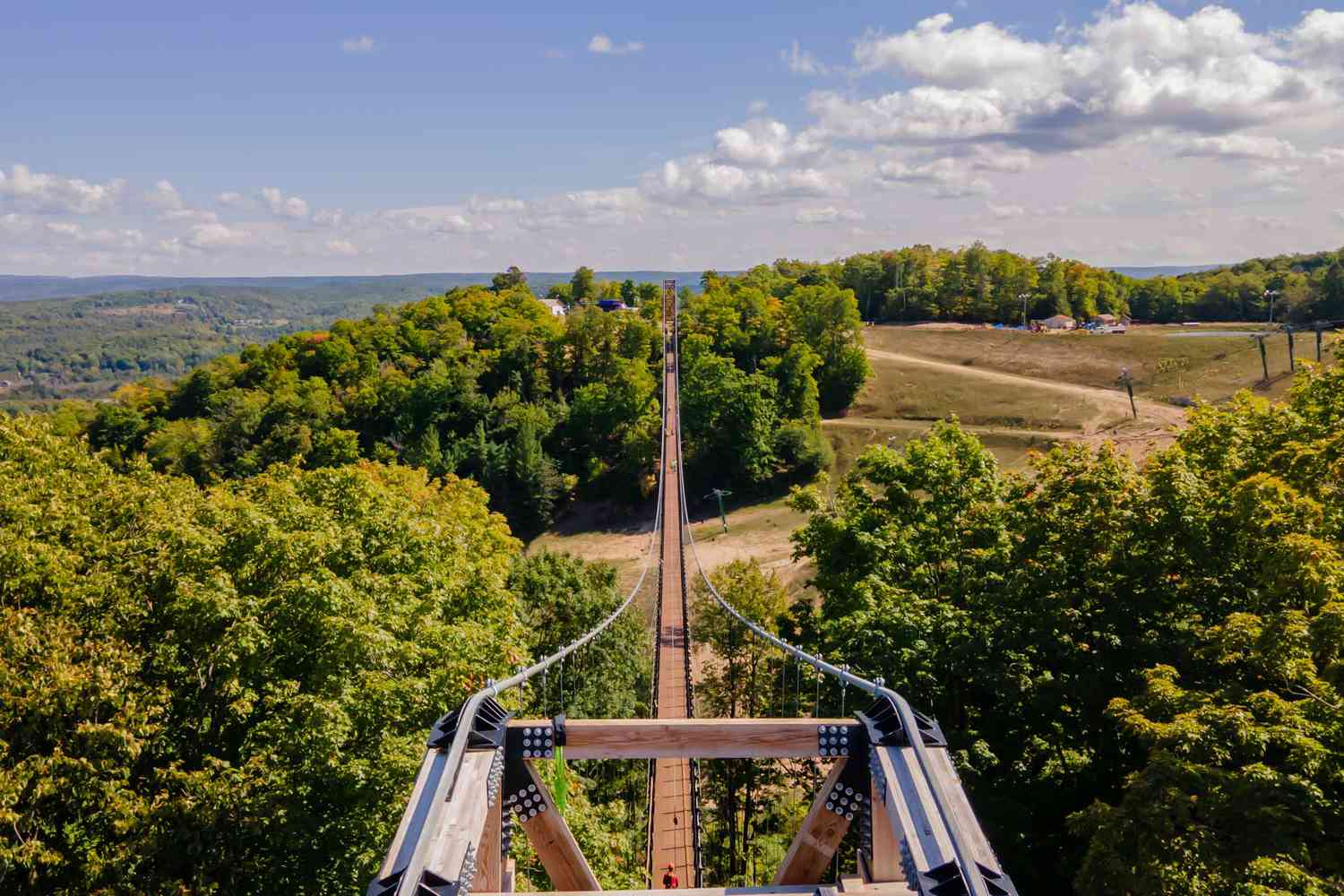
Boyne Mountain Skybridge photo courtesy of Google Images
Suspension Wood Bridges
Bridging Long Distances
Suspension wood bridges are ideal for challenging terrains, such as valleys or ravines, where a traditional bridge might be impractical. These bridges use tensioned cables to support the weight of the timber deck, allowing for longer spans and less interference with the landscape below.
Design & Construction
Building a suspension wood bridge requires precise engineering, particularly in tensioning the cables to ensure stability and safety. The use of wood for the decking provides a natural, rustic look while keeping the overall weight of the structure relatively low. This type of bridge is often used in remote or mountainous regions where access to traditional construction materials is limited.
Examples Around the World
In regions like the Himalayas and South American rainforests, suspension wood bridges are vital for connecting isolated communities. These bridges are often constructed using locally sourced timber and serve as essential infrastructure for local populations, providing access across challenging terrain.
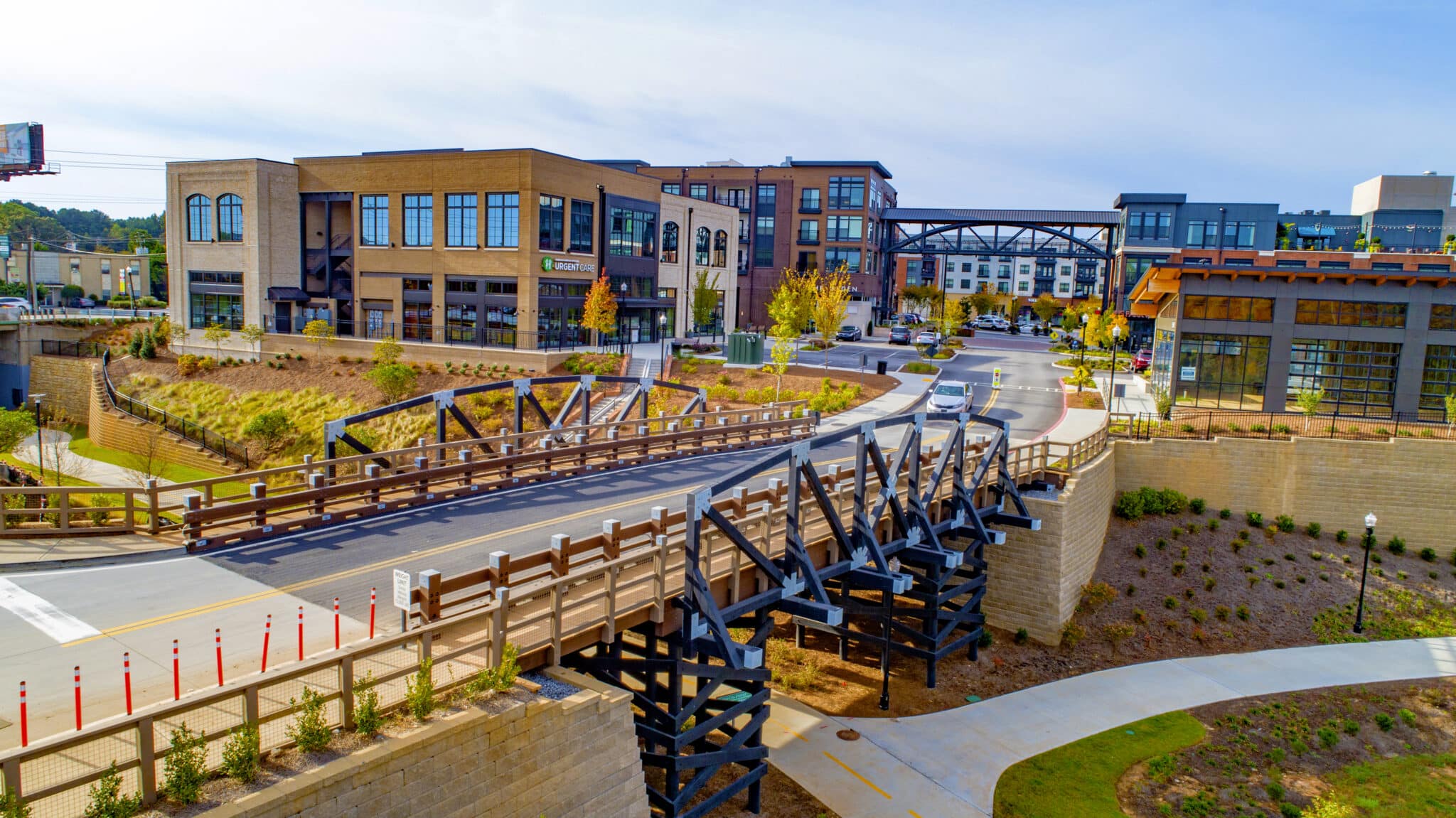
Truss Wood Bridges
Historical Significance and Modern Use
Truss wood bridges have been used for centuries, with designs that offer both strength and simplicity. Historically, trusses were used to build large wooden bridges capable of supporting heavy loads. Today, truss designs remain popular, especially for pedestrian and vehicular bridges in rural areas.
Design Variations
There are several variations of truss designs, including the King Post, Queen Post, and Warren trusses. King Post trusses are the simplest, using a central vertical post and two angled beams. Queen Post trusses use two vertical posts for additional support, while Warren trusses use a series of equilateral triangles for load distribution. Each design offers different benefits depending on the bridge's intended use.
Applications in Various Settings
Truss wood bridges are commonly found in rural areas, where their straightforward design and robust construction are ideal for spanning rivers and valleys. Modern engineering techniques have extended the lifespan of these bridges, allowing them to remain functional and visually appealing for many years.
Wood Bridges Offer Sustainable Solutions For The Future
Wood bridges continue to offer a blend of aesthetic charm, sustainability, and functionality, making them a valuable asset in both rural and urban infrastructure. Advances in wood treatment and hybrid construction methods have extended the lifespan and utility of timber bridges, allowing them to compete with more modern materials. As society seeks more eco-friendly building solutions, wood bridges remain a timeless option, bridging the past and future with their enduring appeal.

